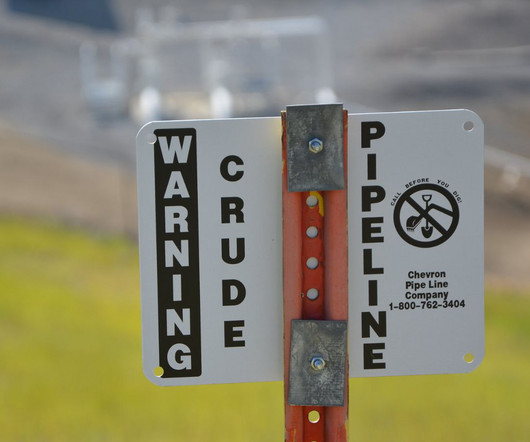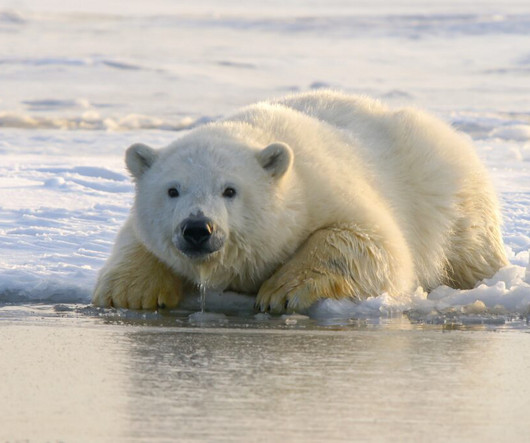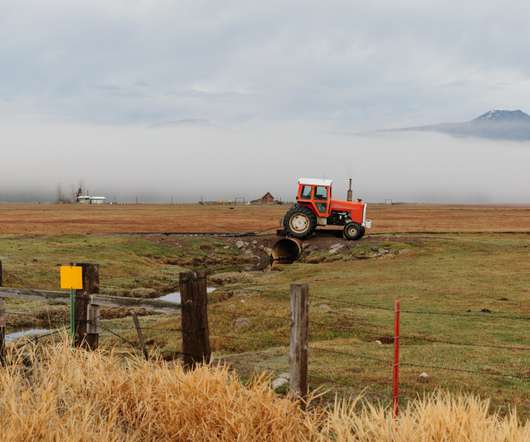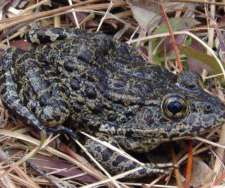How the Endangered Species Act is Helping to Restore the Klamath River Basin
Vermont Law
FEBRUARY 4, 2019
Ever increasing water use, and severe drought conditions, brought conflicts over water use to a head in the early 2000s when water conservation measures were taken in order to protect several fish listed under the Endangered Species Act (ESA). Three KRB fish species are especially significant from an environmental perspective.




























Let's personalize your content